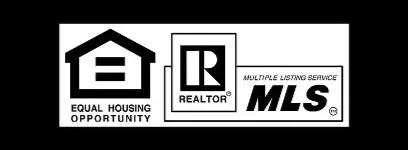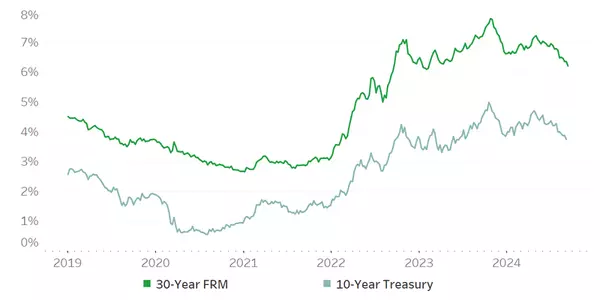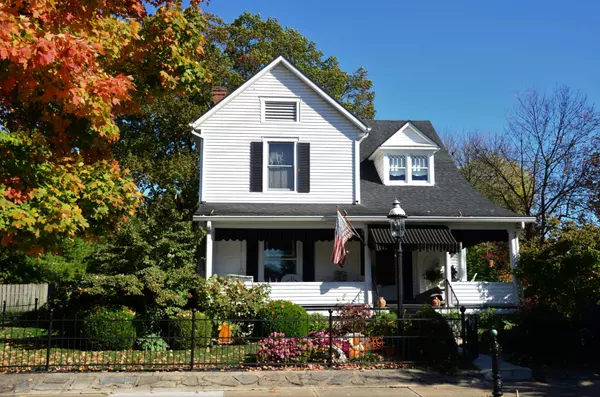
Renting vs. buying
In the age-old debate of renting vs. buying, the scales are continually tipping. Lately, there's been a market update that stands to significantly impact this discussion, particularly for buyers. Some cities are now showing better rent rates than buying rates, which can greatly influence the decisio

Home Values Slightly Higher as Summer Winds Down
Home Values Slightly Higher as Summer Winds Down Typical home values climbed slightly in August, while a healthy crop of new listings finally brought a few more options for home shoppers The typical U.S. home value climbed 0.2% from July to August – a marked cooldown after red-hot monthly appreciati
What happens when the mortgage rates fall?
The interest rate on a 30-year loan has averaged above 7% for four consecutive weeks. It’ll have to come down significantly for most prospective buyers to return to the market, a new survey shows. Photo by Aziz Acharki on Unsplash The magic number for home buyers may be 5.5%. That’s the mortgage r
Categories
Recent Posts











